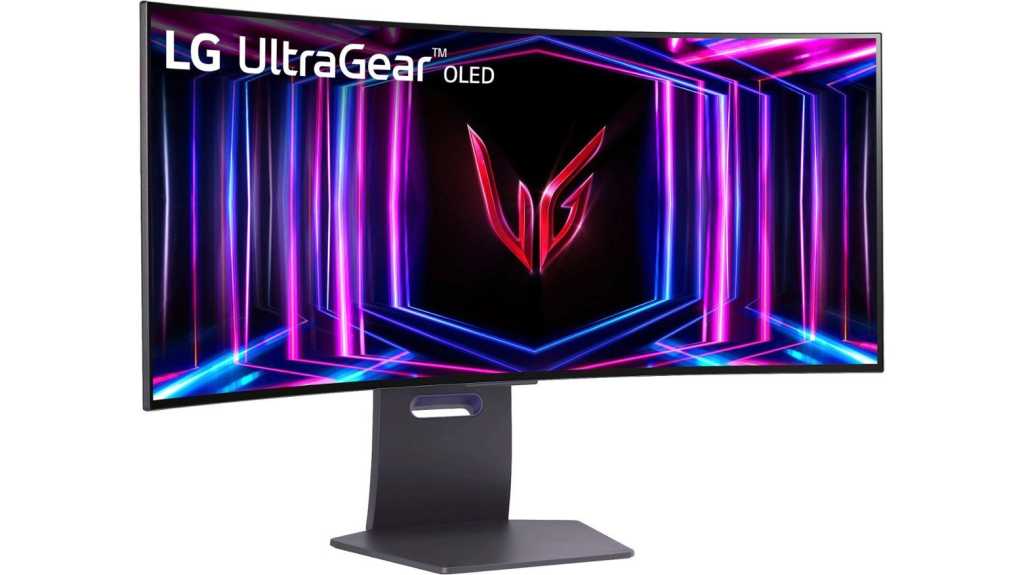It may seem like most new laptops are adding OLED screens, providing visual improvements in addition to higher refresh rates and resolutions. A new report says that OLED desktop displays are projected to follow suit.
Asian analyst firm TrendForce (via TechPowerUp) reports that the OLED display market is expected to soar 181 percent in unit sales in 2024, to an estimated 1.44 million displays, with strong growth expected to continue over the coming years.
Granted, that’s still a relative drop in the bucket in the display market. IDC (owned by PCWorld’s parent, IDG) said in March it expects total PC monitor sales to reach about 125 million units or so for 2024. Gaming monitors, though, are on the rise, from 16 percent of all sold in 2023 to an expected 20 percent in 2024.
Why buy an OLED display? Conventional monitors include a single LED backlight (or small, microLED backlights for microLED displays). Each LED lights a certain number of pixels. The challenge is providing uniform lighting: If one pixel is supposed to be dark (black), but a neighboring pixel is brightly lit, LED displays struggle with representing each pixel’s individual lighting. This can be especially noticeable if the display is showing a scene of a starry night, for example, or space.
OLED displays regulate light on a per-pixel basis, which makes this scene look substantially better. Individual pixels can be turned “off,” which makes dark scenes look inky black, and pushes contrast ratios to extremely high levels.
All this can appeal both to creatives working on image or film production, and also gamers who strive for the best visual appearance possible. In the past couple of years, laptop makers have begun to push OLED refresh rates north of 100MHz, generating the refresh rates gamers prefer. Those improvements are being slowly passed along to desktop displays as well.
According to TrendForce, Samsung is expected to continue to be the dominant OLED monitor supplier, with 31 percent of the market. LG (19 percent), Asus (14 percent), and Dell (14 percent) will follow, the firm predicted. Asus is expected to invest heavily in high-end OLED display production, while MSI, with 11 percent of the market, should be the company that actually increases their market share by the highest amount.

